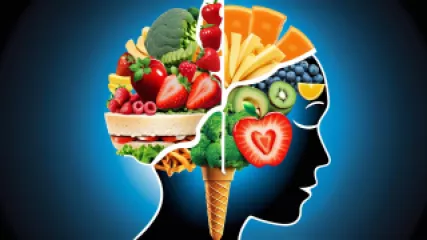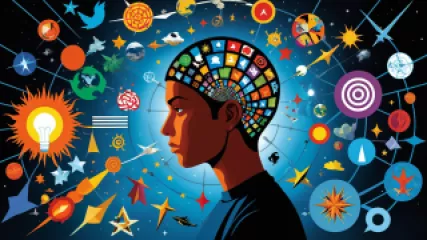Breaking Free from Overeating Habits
for 1 år siden
Spisens Psykologi
Exploring Psychological Safety Through a Popular Book or Movie
for 1 år siden
Psykologisk Sikkerhed
Unveiling the Intriguing Connection Between Psychology and Eating Habits
for 1 år siden
Spisens Psykologi
Effective Cognitive Dissonance Management Techniques
for 1 år siden
Kognitiv Dissonans
Understanding Neurodiversity: A Step-by-Step Guide to Therapy Sessions Online
for 1 år siden
Neurodiversitet
Learning Impulsive Decision Making from Famous Characters
for 1 år siden
Beslutningstagningens Psykologi
How to Resolve Cognitive Dissonance with Online Therapy
for 1 år siden
Kognitiv Dissonans
Mastering Personal Boundaries: The Ultimate Guide
for 1 år siden
Grænser i Personligt Liv
How to Stop Obsessive Thoughts: A Step-by-Step Guide to Managing Rumination
for 1 år siden
Håndtering af Grublerier
Navigating Cognitive Dissonance: A Personal Perspective
for 1 år siden
Kognitiv Dissonans
Expert Insights: Understanding the Psychology of Eating Disorders Therapy
for 1 år siden
Spisens Psykologi
What is Cognitive Dissonance and How Can Coaching Help?
for 1 år siden
Kognitiv Dissonans
Beating Boredom: An Opinion on Overcoming Monotony
for 1 år siden
Håndtering af Kedsomhed
Mastering Exam Stress: A Comprehensive Guide
for 1 år siden
Håndtering af Eksamensstress
How to Set Healthy Boundaries for Your Emotional Well-being
for 1 år siden
Grænser i Personligt Liv















